Students are exposed to wordless picture books and begin developing story lines, both orally and in writing, using an online, interactive story map.

Creative Writing Through Wordless Picture Books

Grades
|
Alaska Native Stories: Using Narrative to Introduce Expository Text
3 - 5
Lesson Plan
| Standard Lesson
Tradition and technology come together in this lesson in which students learn about Alaskan animals through Native American tales and their own online research.

Grades
|
Fighting Injustice by Studying Lessons of the Past
6 - 8
Lesson Plan
| Unit
Social injustice occurs every day all over the world. In this lesson, students research a few historical examples of social injustice, including the Holocaust, the Trail of Tears, and Japanese internment.

Grades
|
Generating Rhymes: Developing Phonemic Awareness
K - 2
Lesson Plan
| Standard Lesson
Traditional chants and songs are adapted to help young students recognize and generate rhymes. The word and letter patterns involved in rhymes provide a stepping stone to reading skills.

Grades
|
Building Phonemic Awareness With Phoneme Isolation
K - 2
Lesson Plan
| Recurring Lesson
Students improve phonemic awareness through games and chants that help them isolate beginning and ending sounds and connect them with their written symbols (graphemes).

Grades
|
Multimedia Responses to Content Area Topics Using Fact-"Faction"-Fiction
3 - 5
Lesson Plan
| Standard Lesson
Students climb into the mind of a spider in this lesson that asks them to compose a spider diary using spider facts, fiction, and "faction"fiction that sounds like fact.

Grades
|
Gingerbread Phonics
K - 2
Lesson Plan
| Standard Lesson
"Run, run, as fast as you can." Students use this refrain from The Gingerbread Man to learn letter-sound correspondence. Students use their new skills to write an online story.

Grades
|
Using THIEVES to Preview Nonfiction Texts
6 - 8
Lesson Plan
| Standard Lesson
Students become "thieves" in this lesson as they use a previewing strategy to "steal" information from textbooks and other nonfiction texts before actually reading them.
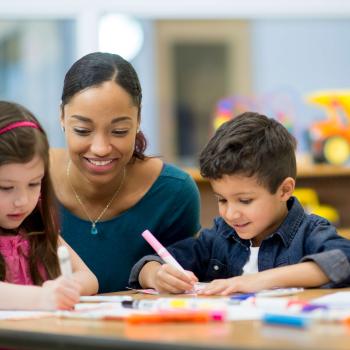
Grades
|
From Fact to Fiction: Drawing and Writing Stories
K - 2
Lesson Plan
| Unit
Students gather factual information about frogs and toads to create nonfiction and fiction stories. Drawing is used for prewriting.
Grades
|
The Big, Bad Wolf...Is This a Fact?
6 - 8
Lesson Plan
| Unit
Reading is revamped in this lesson in which students use a multimedia approach to study the books by Seymour Simon.

Grades
|
Getting the ig in Pig: Helping Children Discover Onset and Rime
K - 2
Lesson Plan
| Standard Lesson
Students will need their language-building hard hats as they construct words using onset and rime, building vocabulary and phonics comprehension.

Grades
|
Traveling Terrain: Comprehending Nonfiction Text on the Web
3 - 5
Lesson Plan
| Standard Lesson
Students locate specific information, identify text features of nonfiction text, and write to generalize information on related topics.

Grades
|
Critical Media Literacy: Commercial Advertising
6 - 8
Lesson Plan
| Standard Lesson
By looking at advertising and mass media critically, students begin to understand how the media oppresses certain groups, convinces people to purchase certain products, and influences culture.

Grades
|
Critical Media Literacy: TV Programs
6 - 8
Lesson Plan
| Standard Lesson
By critically analyzing popular television programs, students develop an awareness of the messages that are portrayed through the media.
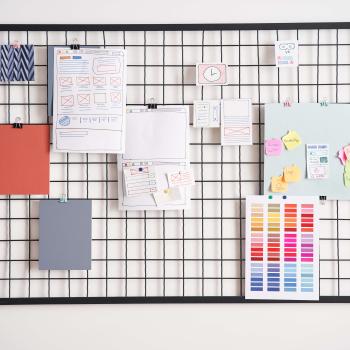
Grades
|
Scaffolding Comprehension Strategies Using Graphic Organizers
3 - 8
Lesson Plan
| Standard Lesson
Students learn collaborative strategic reading (CSR). During and after reading, students apply four reading strategiespreview, click and clunk, get the gist, and wrap-upand use graphic organizers for scaffolding.
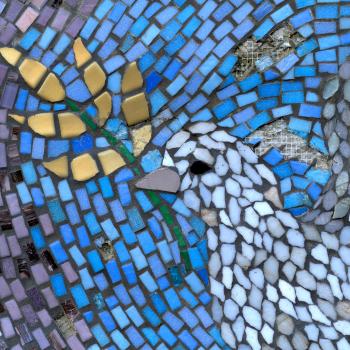
Grades
|
Peace Poems and Picasso Doves: Literature, Art, Technology, and Poetry
3 - 5
Lesson Plan
| Unit
Students apply think-aloud strategies to reading and to composition of artwork and poetry. They research symbols of peace as they prewrite, compose, and publish their poetry.

Grades
|
Exploring World Cultures Through Folk Tales
3 - 5
Lesson Plan
| Standard Lesson
Journey around the world with students as they read a Japanese, African, or Welsh folk tale, create a visual depiction of the tale, research the tale's culture, and present findings.
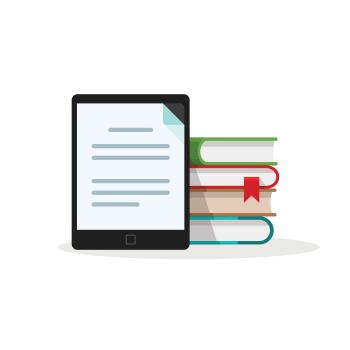
Grades
|
Compare and Contrast Electronic Text With Traditionally Printed Text
6 - 8
Lesson Plan
| Standard Lesson
Students become familiar with the similarities and differences between electronic and printed text by comparing the textual aids included in a textbook with those of an educational website.
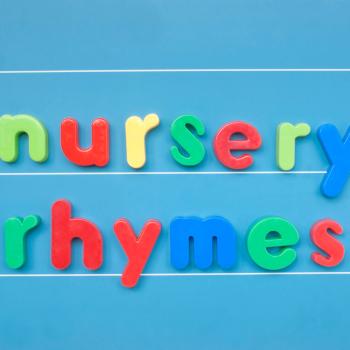
Grades
|
The Two Voices of the ow Spelling Pattern
3 - 5
Lesson Plan
| Standard Lesson
Variable vowels are the focus of this lesson; students use nursery rhymes and ow to study how vowels can change their sounds according to different spelling patterns.

Grades
|
Finding Figurative Language in The Phantom Tollbooth
6 - 8
Lesson Plan
| Standard Lesson
Students examine figurative language in The Phantom Tollbooth and create a chart representing the literal and figurative meanings of words and phrases.